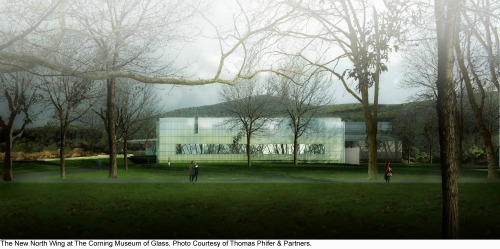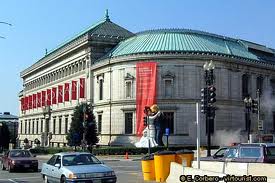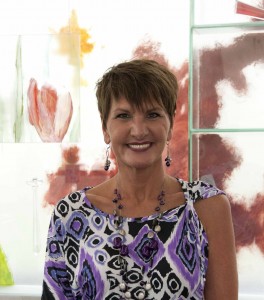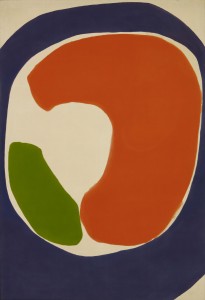Close readers of yesterday’s RCA post (do close readers exist anymore?), which was about a few attempts by the Minneapolis Institute of Arts to attract younger audiences, will note that I allowed one intriguing passage in the remarks of director Kaywin Feldman (pictured at right) to go unremarked by me.
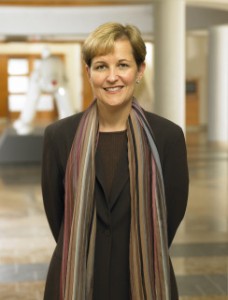 That would be “pecha kucha,” as in: “We recently tried a pecha kucha [Japanese for “chit chat”], where our curators showed 20 images in 20 seconds. It was a way to deliver content but keep it very short and lively.”
That would be “pecha kucha,” as in: “We recently tried a pecha kucha [Japanese for “chit chat”], where our curators showed 20 images in 20 seconds. It was a way to deliver content but keep it very short and lively.”
We all know that curators and museum directors worry about how little time people spend looking at a work of art — when I first heard a number, the average time was 7 seconds. More recently, I’ve heard people say that has dropped to 2 or 3 seconds.
So why would a museum want to encourage the trend?
Here is a video of the session Feldman referred to, which the MIA embedded in its annual report: Link. It isn’t exactly what I imagined –Â the video lasts nearly three minutes.
And here’s another, related to an exhibit called In Pursuit of A Masterpiece (which I wrote about in 2009); it’s about 2 1/2 minutes — on YouTube. I especially don’t get the end of this one.
I suppose that these presentations, live and in person, provoke conversation and perhaps questions. That may work for some people. Me? I’d rather just go stand in front of a work on my own, trying to figure it out, even if I miss a lot. Then again, maybe you have to be there to decide.
Photo Credit: Courtesy of the MIA




